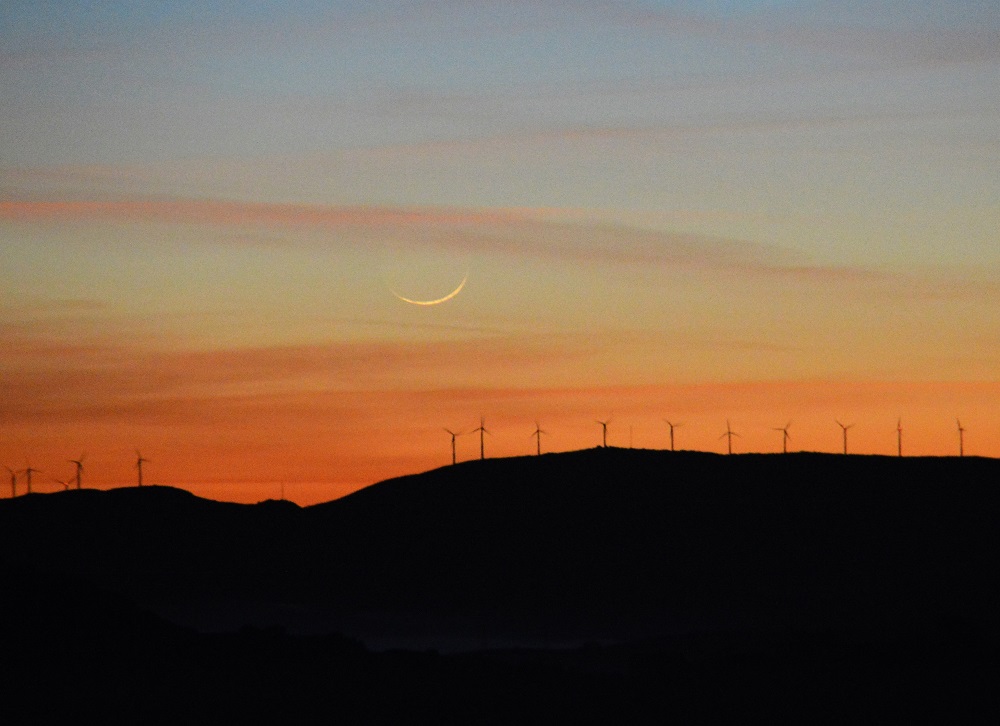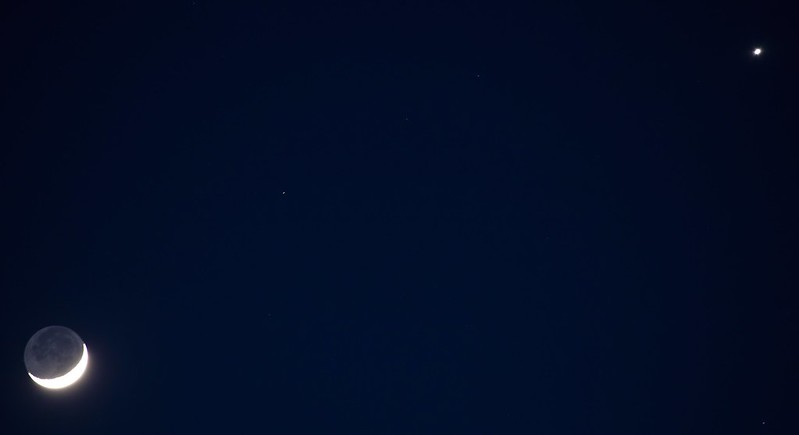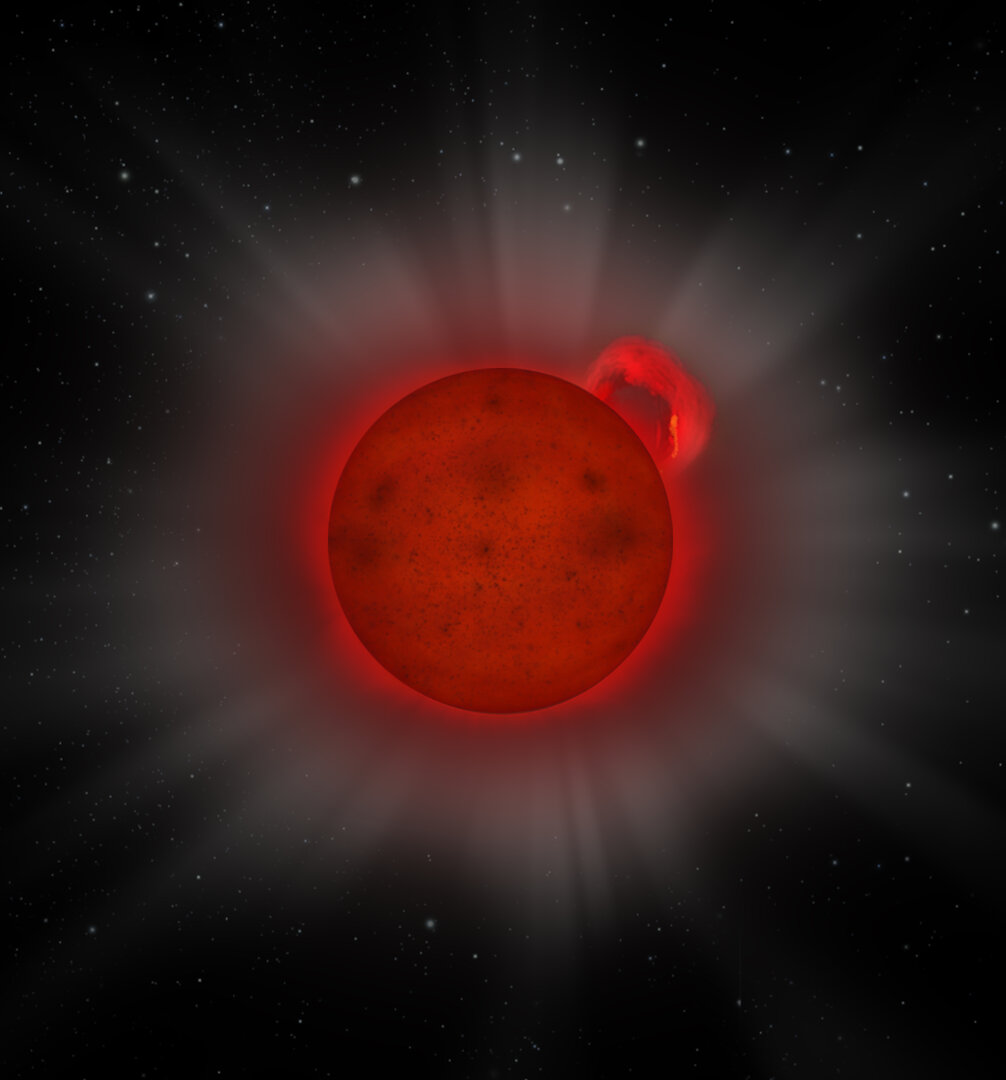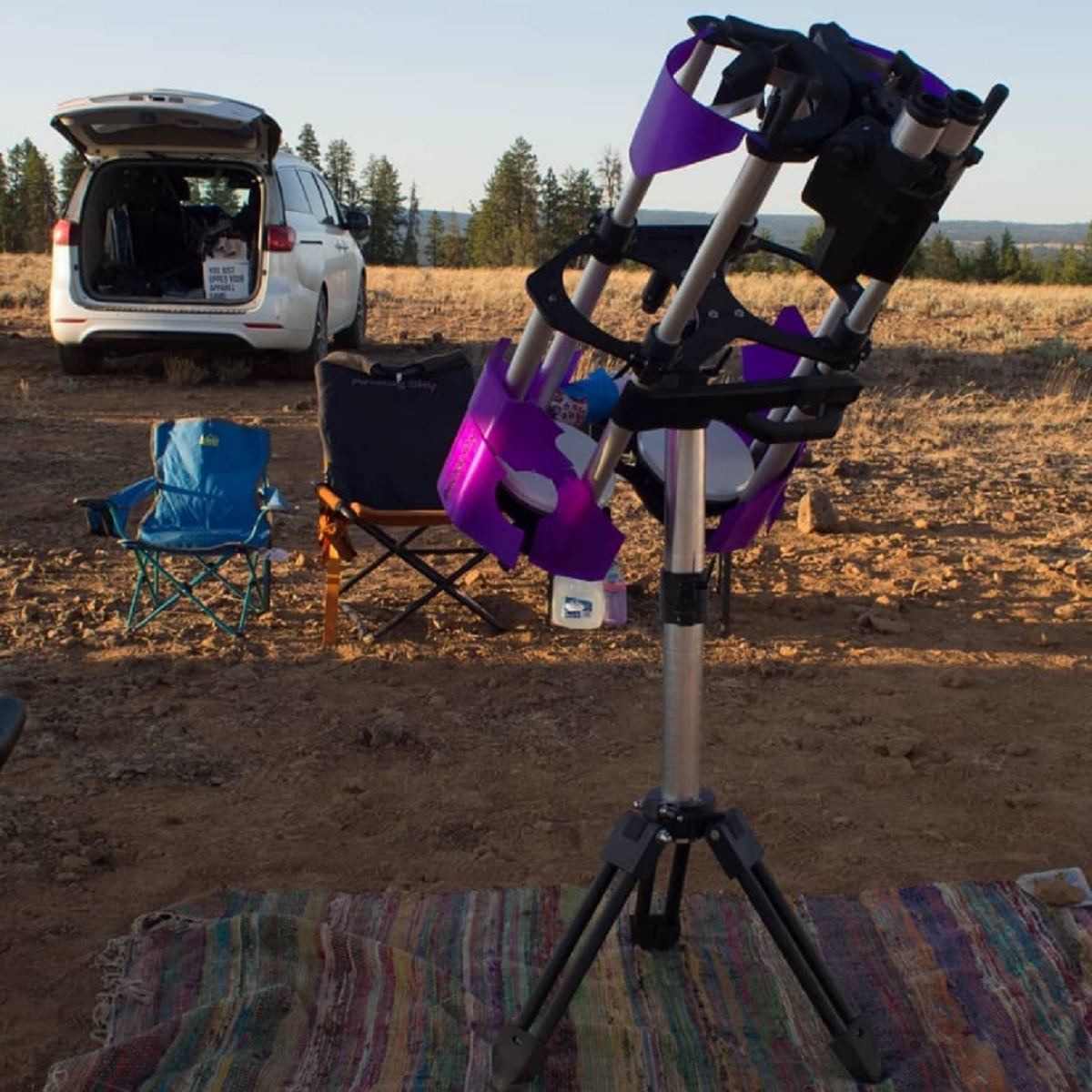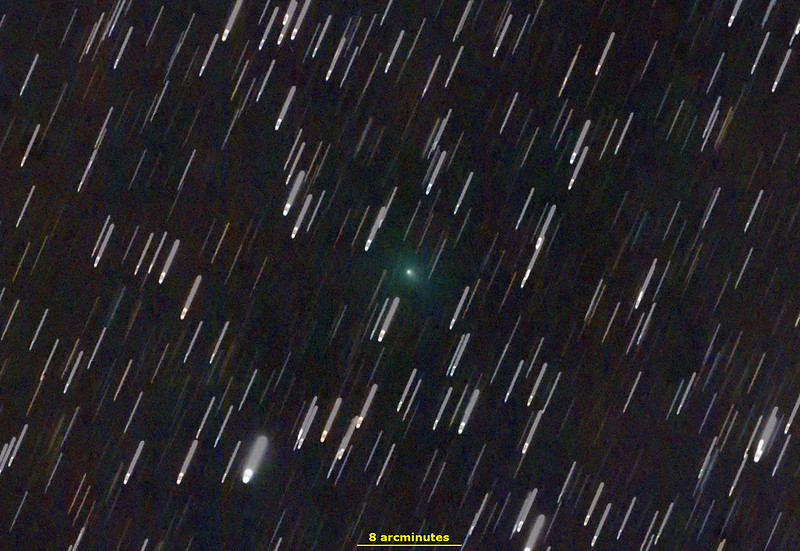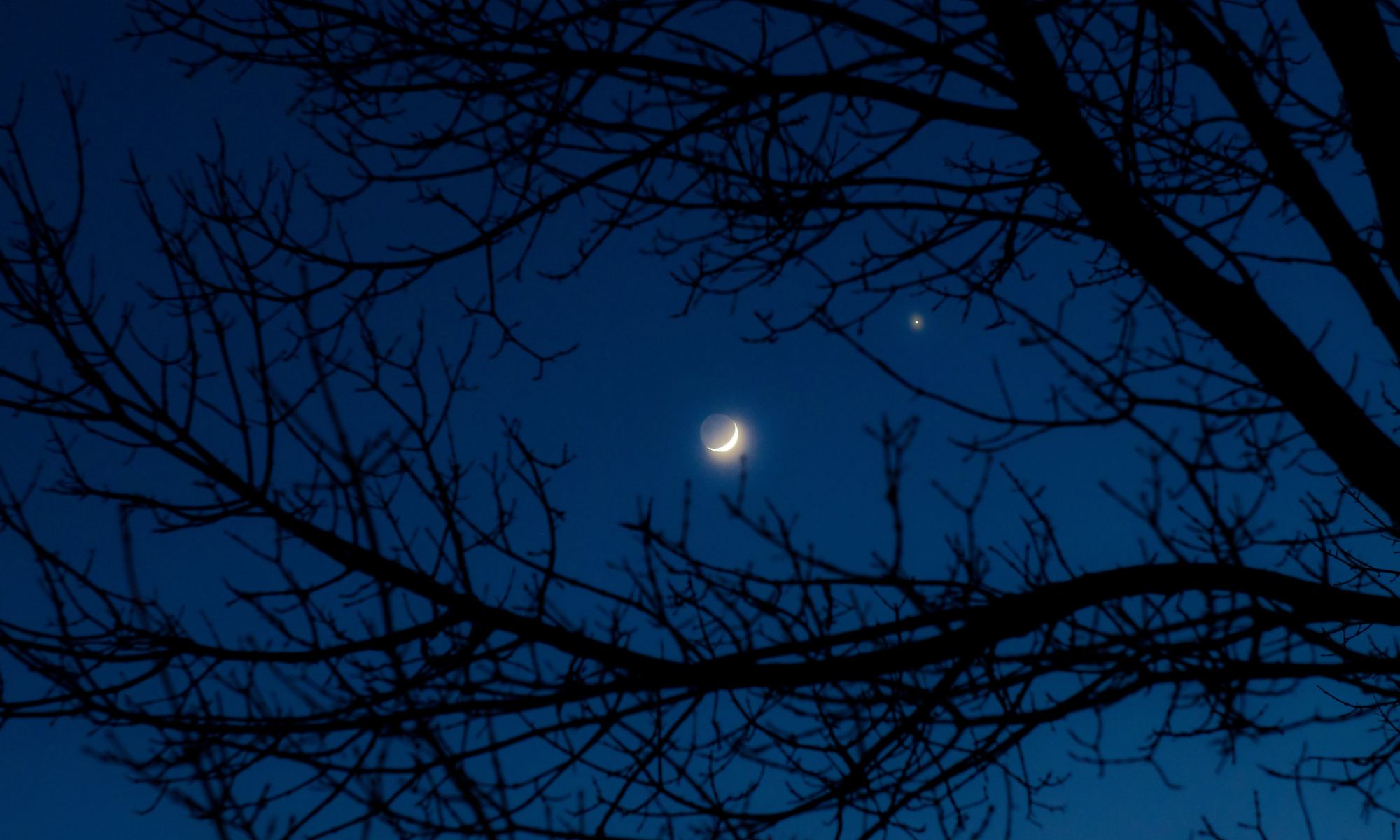Are you hanging out at home this week, and looking to observe some naked eye planets? As we mentioned last week, while Venus is shining bright in the dusk sky, all of the other four naked eye planets of Mars, Saturn, Jupiter and Mercury are skulking in the early dawn.
Continue reading “Dawn Patrol: Following this Month’s ‘March of the Planets’”Astronomers Spot Rare Brown Dwarf Pair
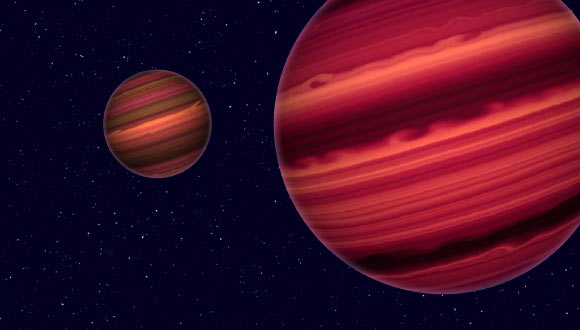
Sometimes, the strangest stellar finds are right in our own cosmic neighborhood. Astronomers recently made an interesting discovery while putting a new set of telescopes through their paces: an eclipsing pair of sub-stellar brown dwarfs.
Continue reading “Astronomers Spot Rare Brown Dwarf Pair”Following the Inner Worlds: Mercury and Venus in 2020
Where have all the planets gone in early 2020? While most of the naked eye planets are hiding in the early dawn sky, one world dominates the evening: brilliant Venus.
Continue reading “Following the Inner Worlds: Mercury and Venus in 2020”XMM Newton Catches a Tiny Flare Star in Action
Sometimes, even small stars can pack a mighty punch. And in the case of a flare star, the results can be awesome. Very awesome.
Astronomers uncovered just such an anomaly recently, culling through data from the European Space Agency’s XMM-Newton orbiting X-ray observatory: the first X-ray flare from a distant cool L-dwarf type star.
Continue reading “XMM Newton Catches a Tiny Flare Star in Action”Introducing Analog Sky’s 3D-Printed Giant Binoculars
Update: we’re happy to announce that Analog Sky is making a special offer just for Universe Today readers for its new giant binoculars.
A unique, crowd-sourced, 3D-printed telescope is poised to revolutionize how we look at the sky.
Late last year, we announced Oregon-based innovator and amateur astronomer Robert Asumendi’s plans to release the Analog Sky telescope system, featuring a set of giant space binoculars. Now, we’re happy to announce that Robert has officially launched the project as a crowd-funded campaign on Indiegogo.
Continue reading “Introducing Analog Sky’s 3D-Printed Giant Binoculars”Comet Y4 Atlas in Outburst: First Good Comet for 2020?
Good news: Though we’ve been going through a cometary dry spell as of late, we may have our first good naked eye comet for 2020: Comet C/2019 Y4 ATLAS.
Continue reading “Comet Y4 Atlas in Outburst: First Good Comet for 2020?”War of the Worlds: Watch the Moon Occult Mars Tuesday Morning
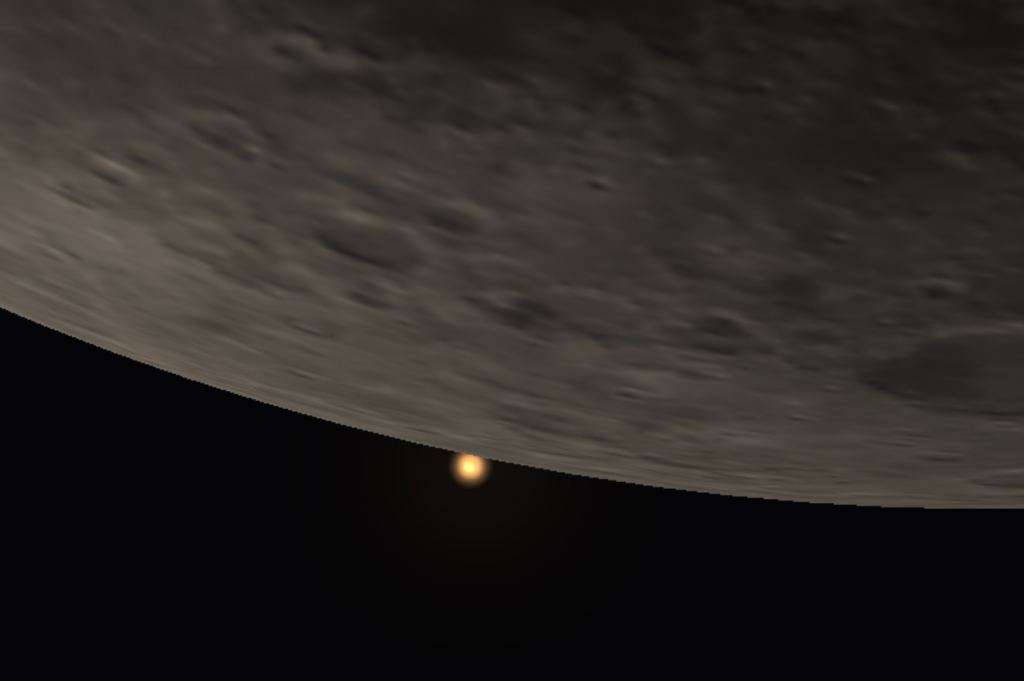
Happen to have clear skies tomorrow morning and live in the western part of North America? Then you may have a chance to spy a unique event, as the waning crescent Moon occults (passes in front of) the planet Mars.
Continue reading “War of the Worlds: Watch the Moon Occult Mars Tuesday Morning”Catch Comet T2 PanSTARRS This Spring
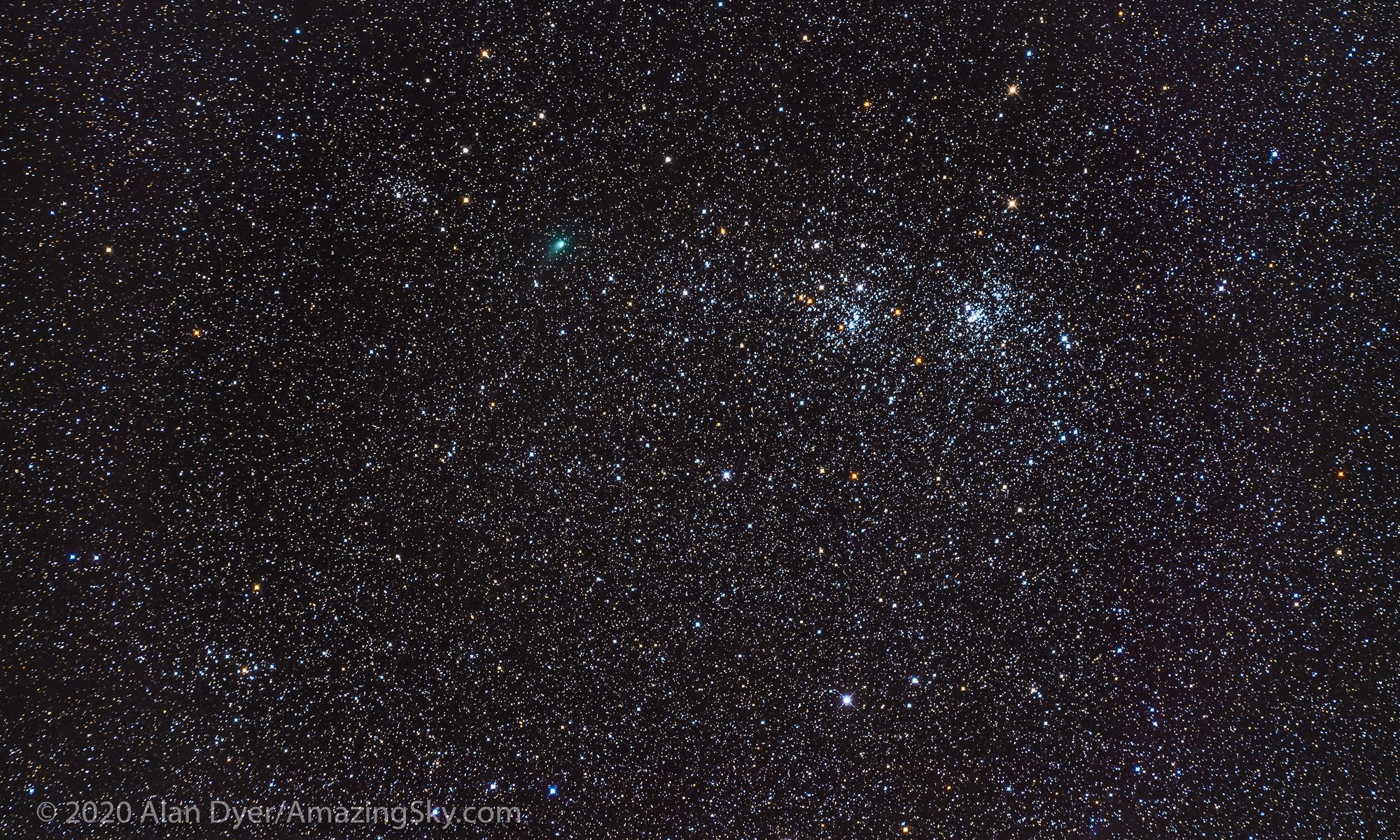
Ready for the next great comet? First, the bad news. there is not (as of yet), a good naked eye comet in the cards, for 2020. The good news is… there is a fine binocular comet currently well-placed for northern hemisphere viewers: Comet T2 PanSTARRS.
Continue reading “Catch Comet T2 PanSTARRS This Spring”Stalking Starlink’s ‘DarkSat’
Note: Updates in reflect changes in the new launch time for Starlink-3. We’ll add in updated sighting opportunities as they become available.
By now, you’ve no doubt heard of (or seen) Starlink. SpaceX’s mega-satellite constellation has become a permanent fixture in our skies as of late, with several routine passes on any given week. But have you seen the supposed ‘black sheep’ of the flock, DarkSat?
Continue reading “Stalking Starlink’s ‘DarkSat’”A Twilight Tryst: Venus Meets Neptune in the Dusk Sky
Never seen Neptune? It’s time you should, and this weekend offers a fine time to try, as the faintest planet in the solar system approaches the brightest in the dusk sky, for a splendid conjunction of the pair.
Continue reading “A Twilight Tryst: Venus Meets Neptune in the Dusk Sky”
